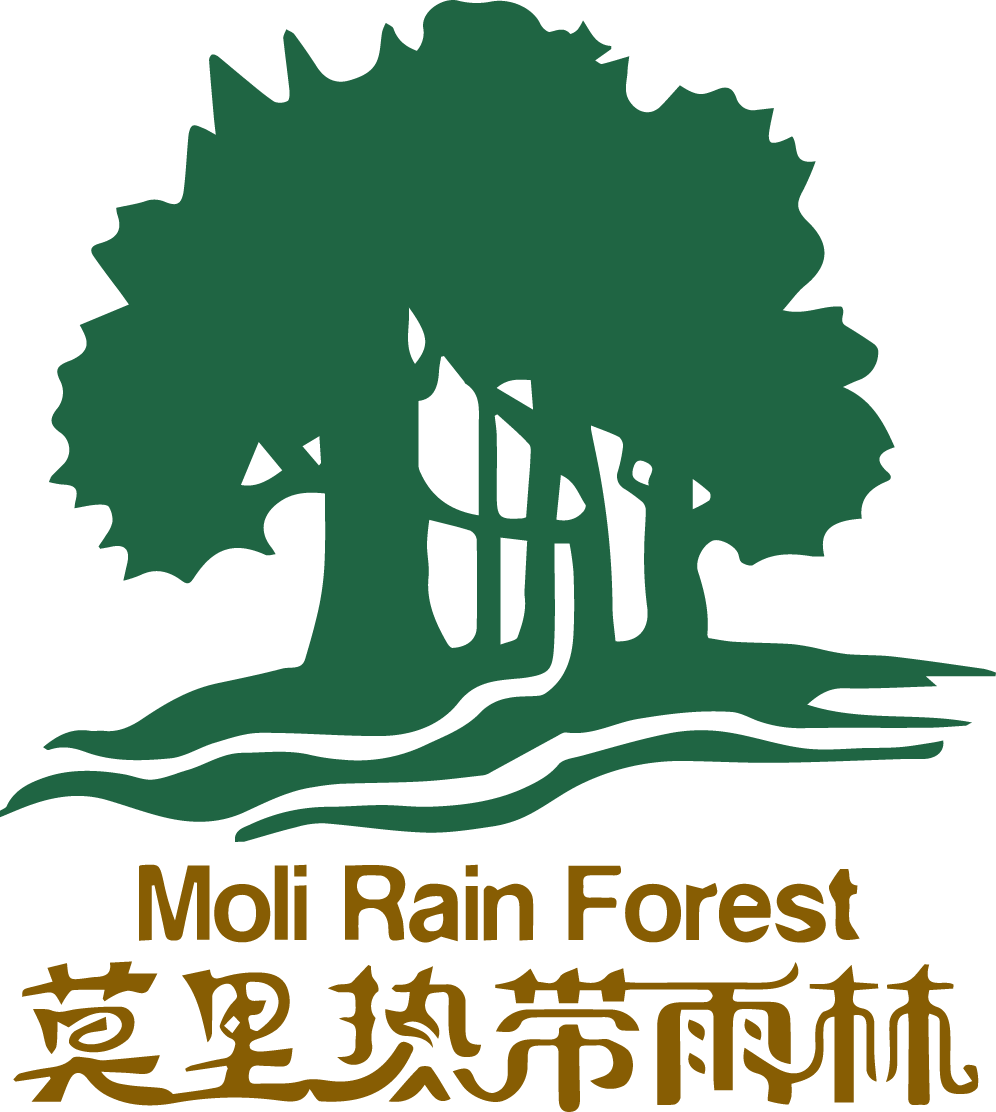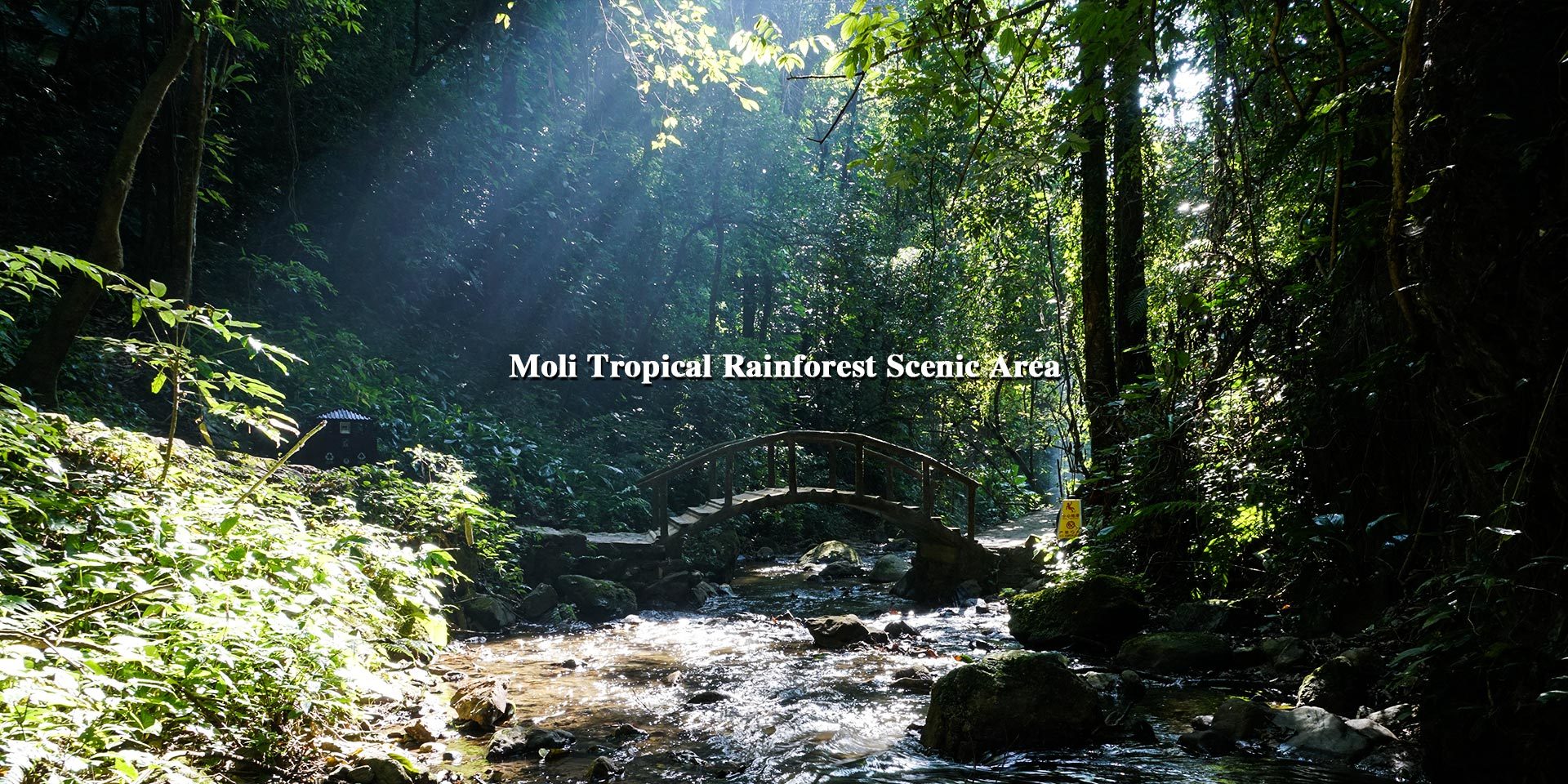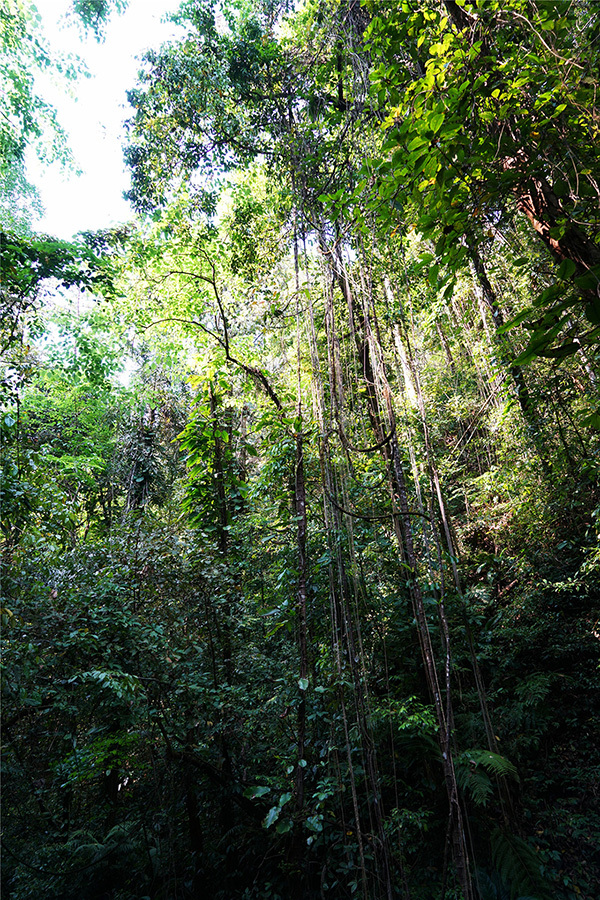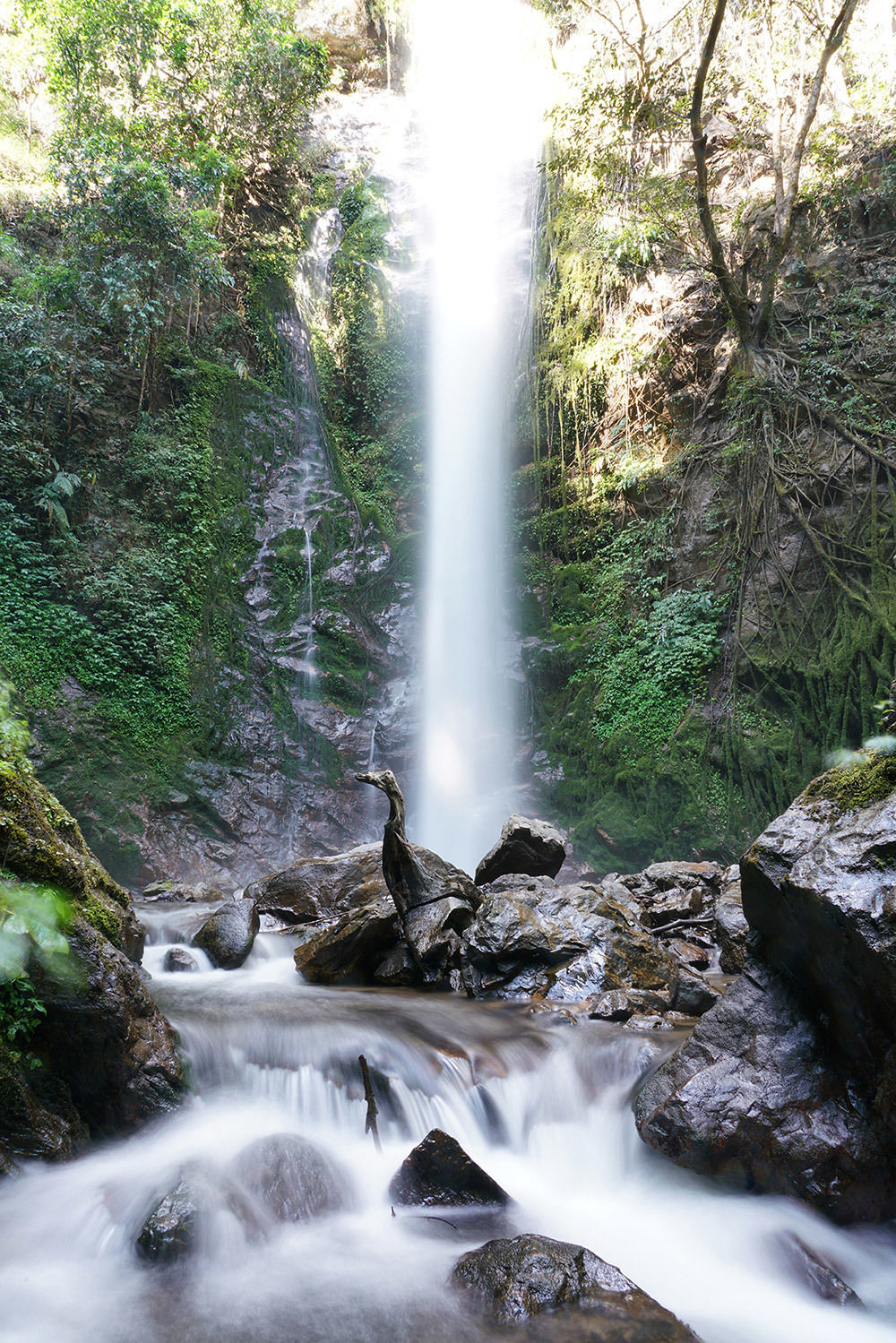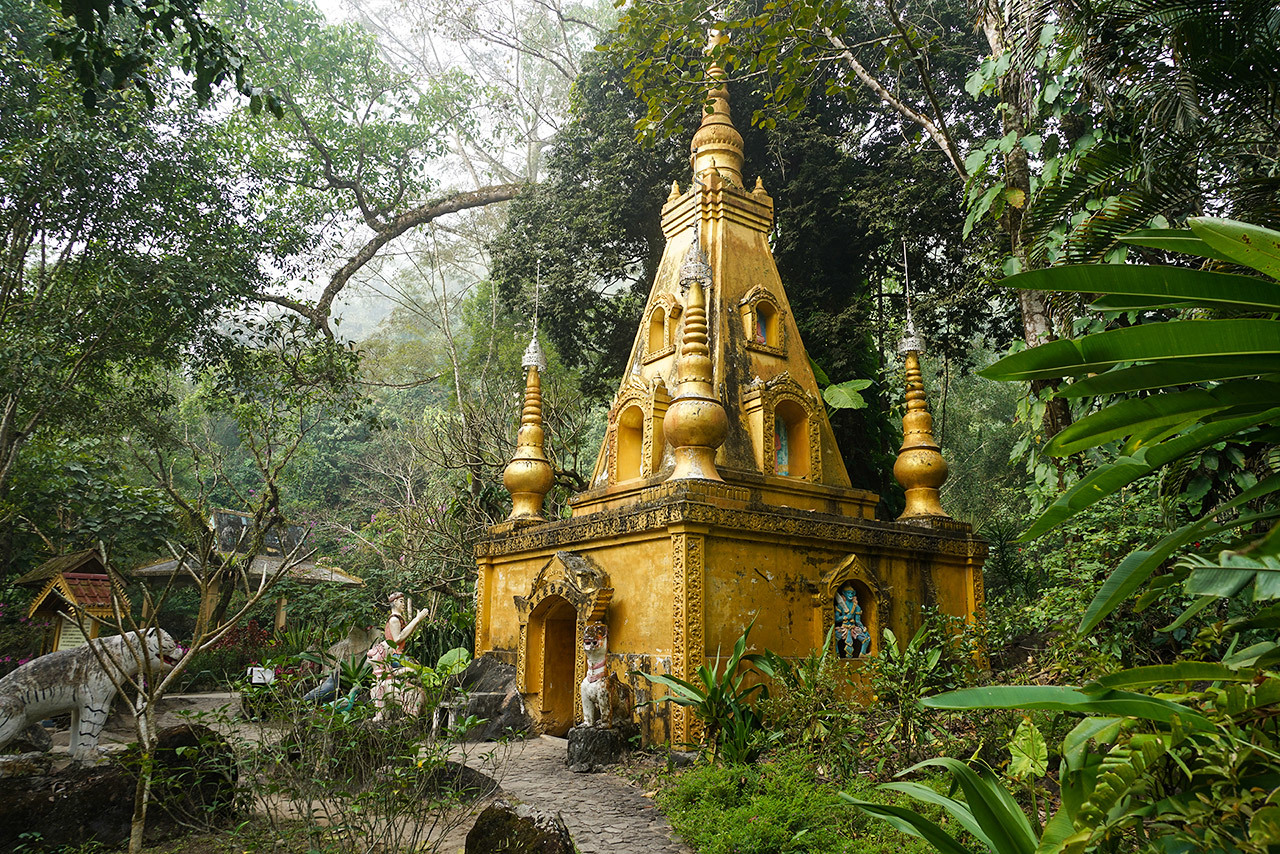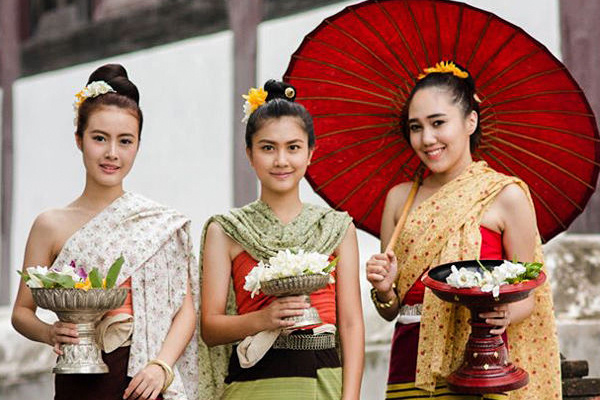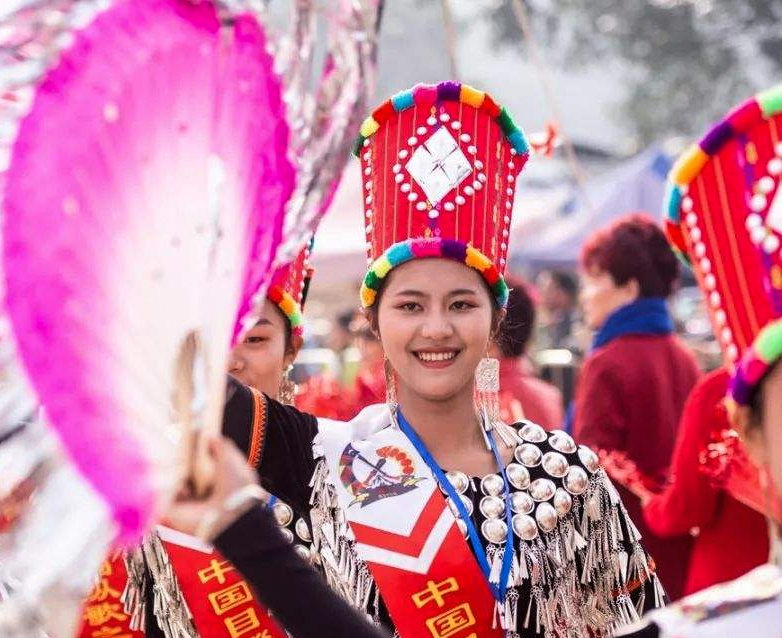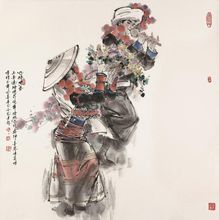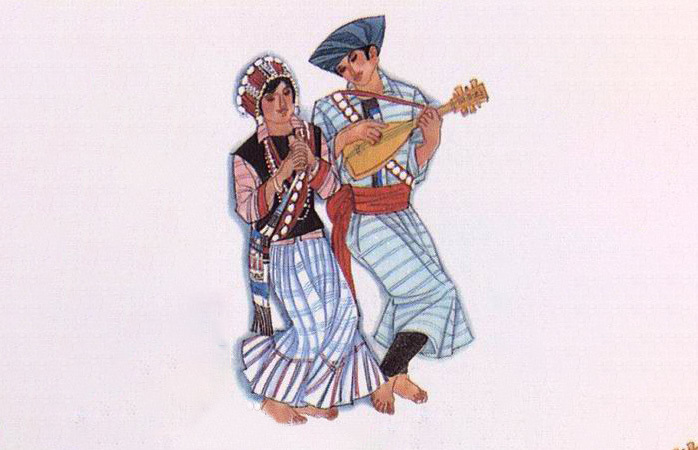Hotel Services
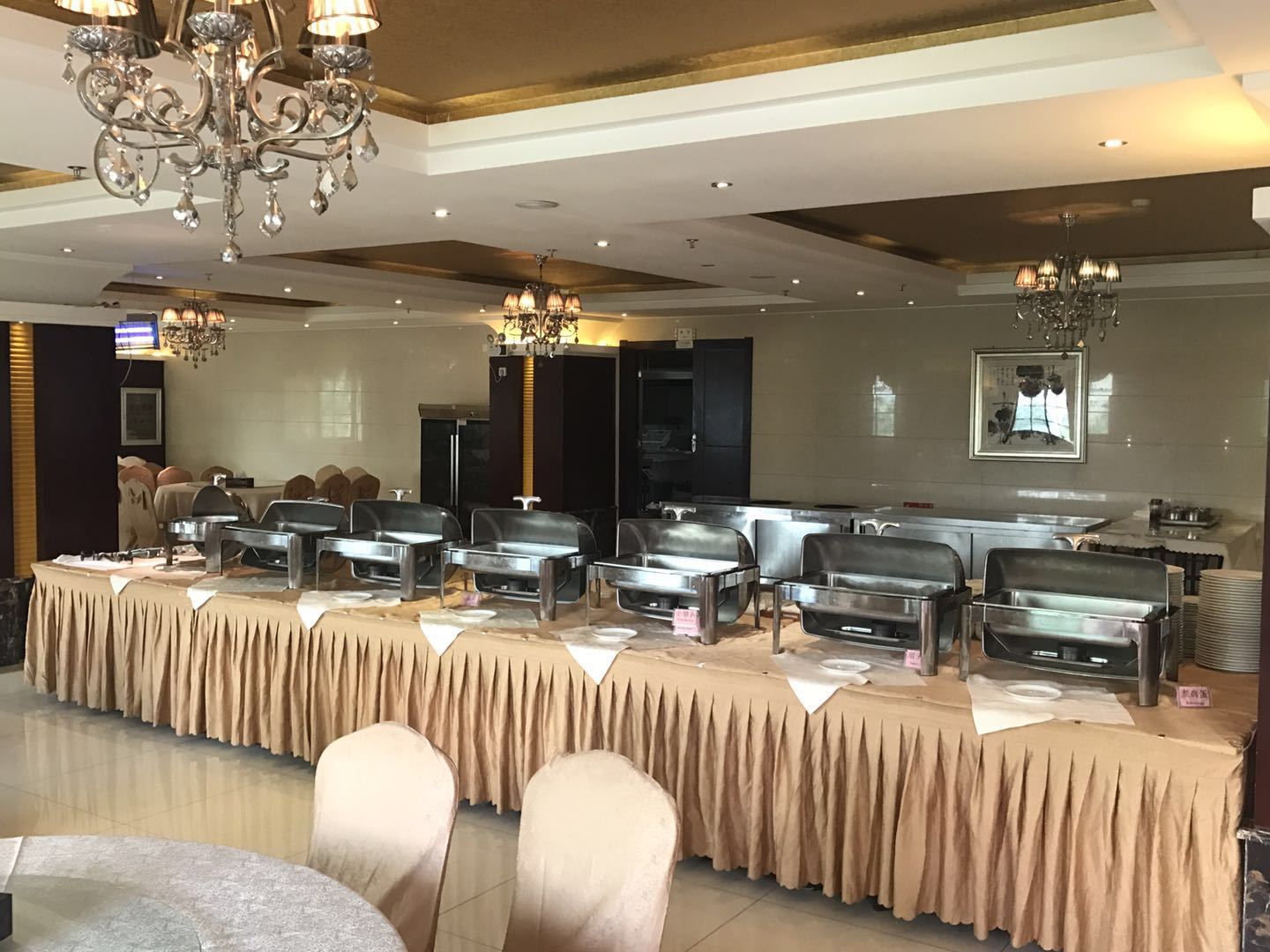
Restaurant
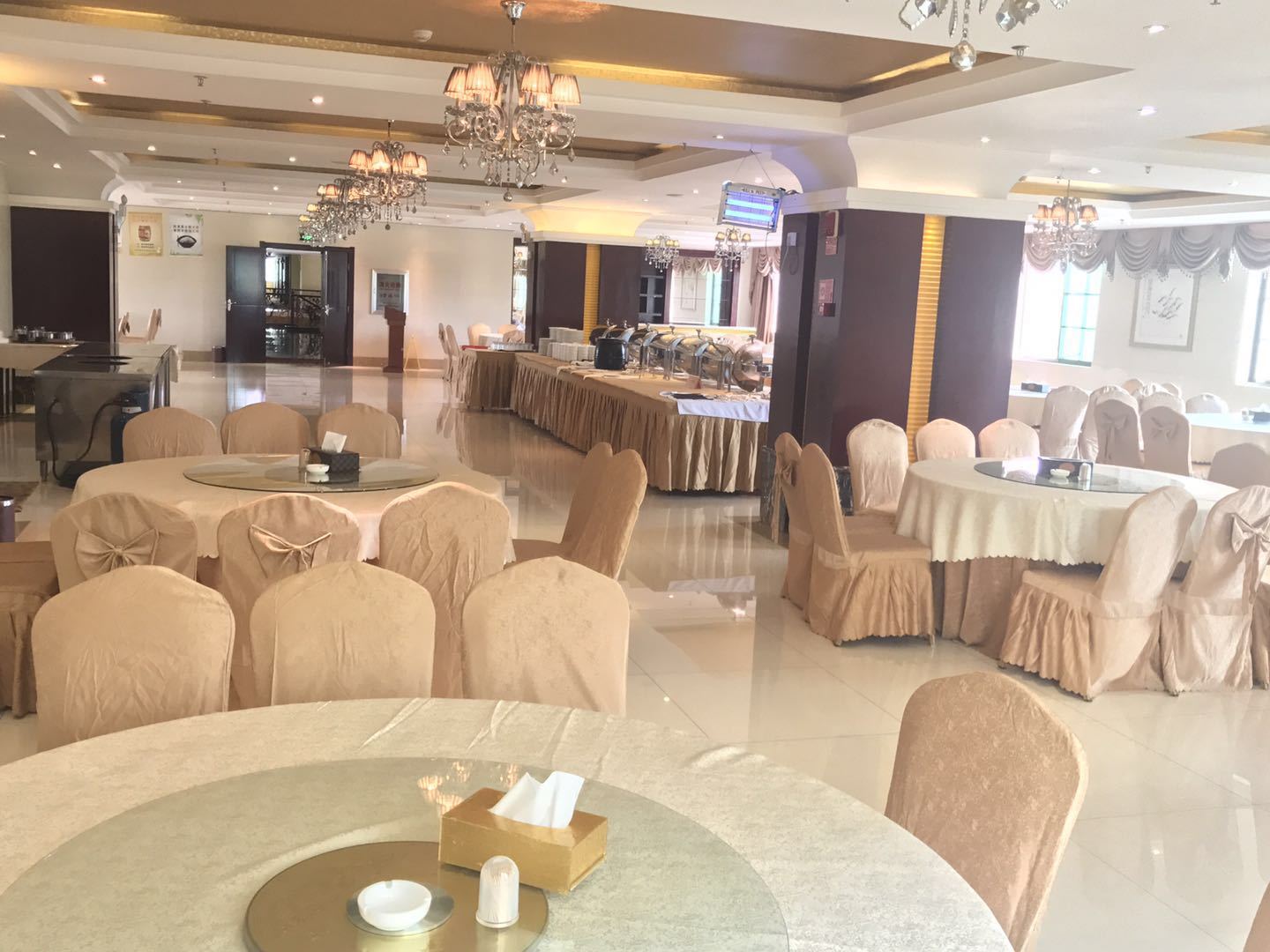
Restaurant
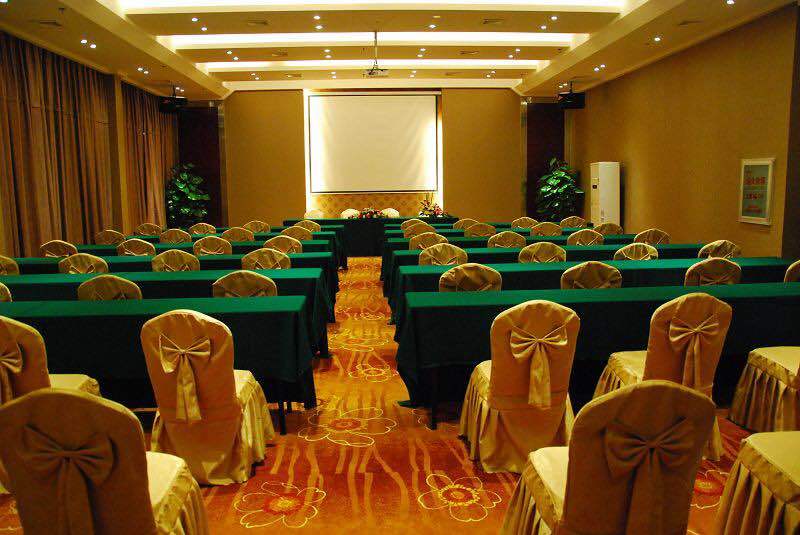
Meeting Room
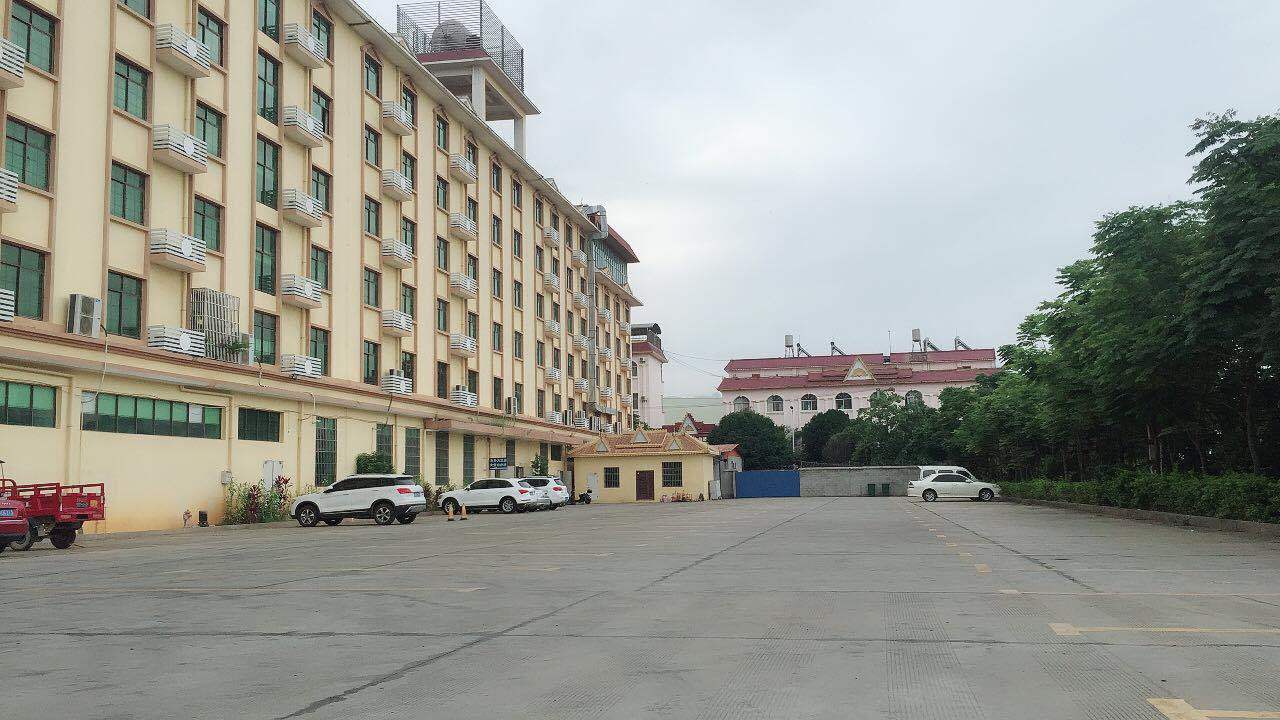
Hotel Exterior
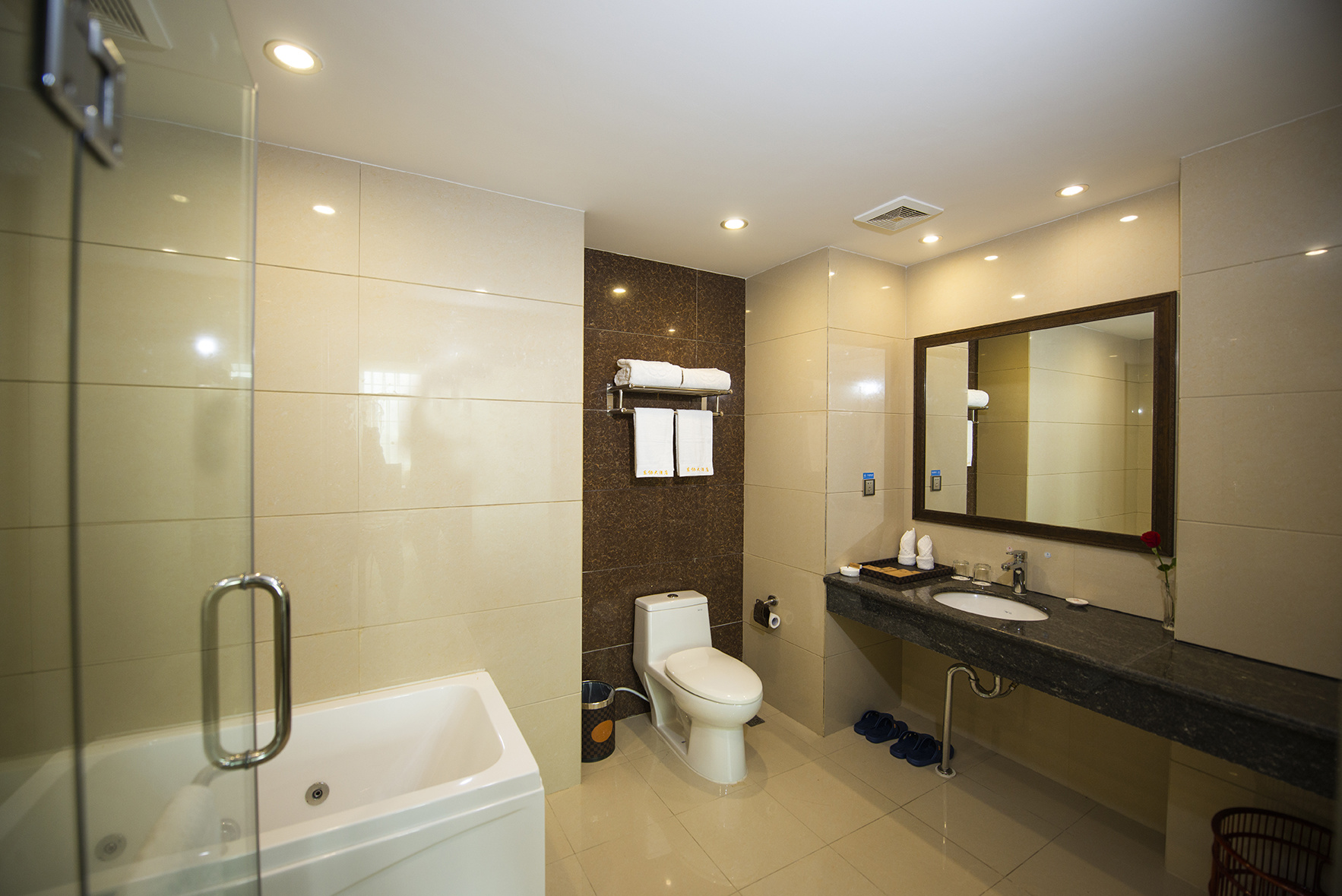
Suite
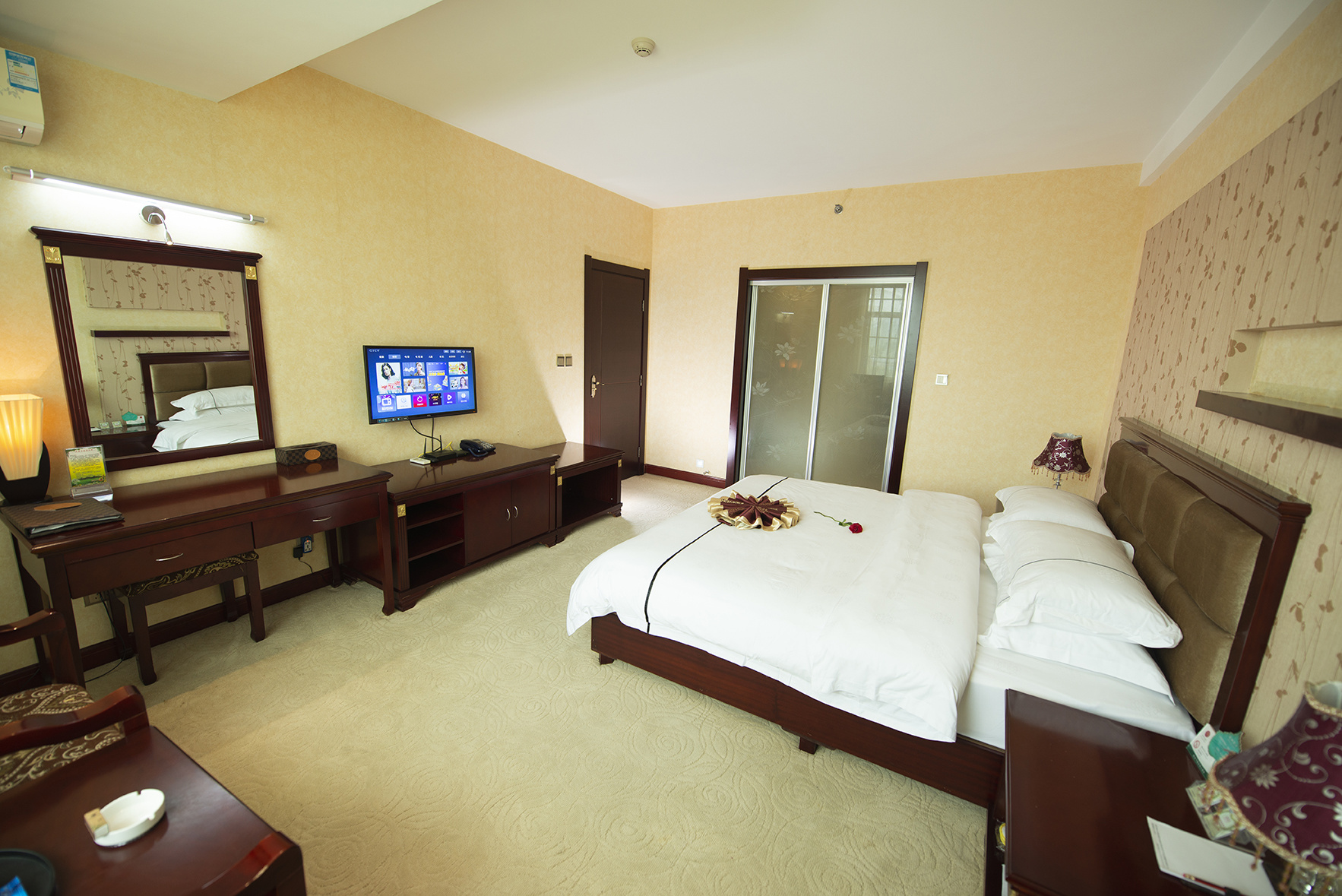
Suite
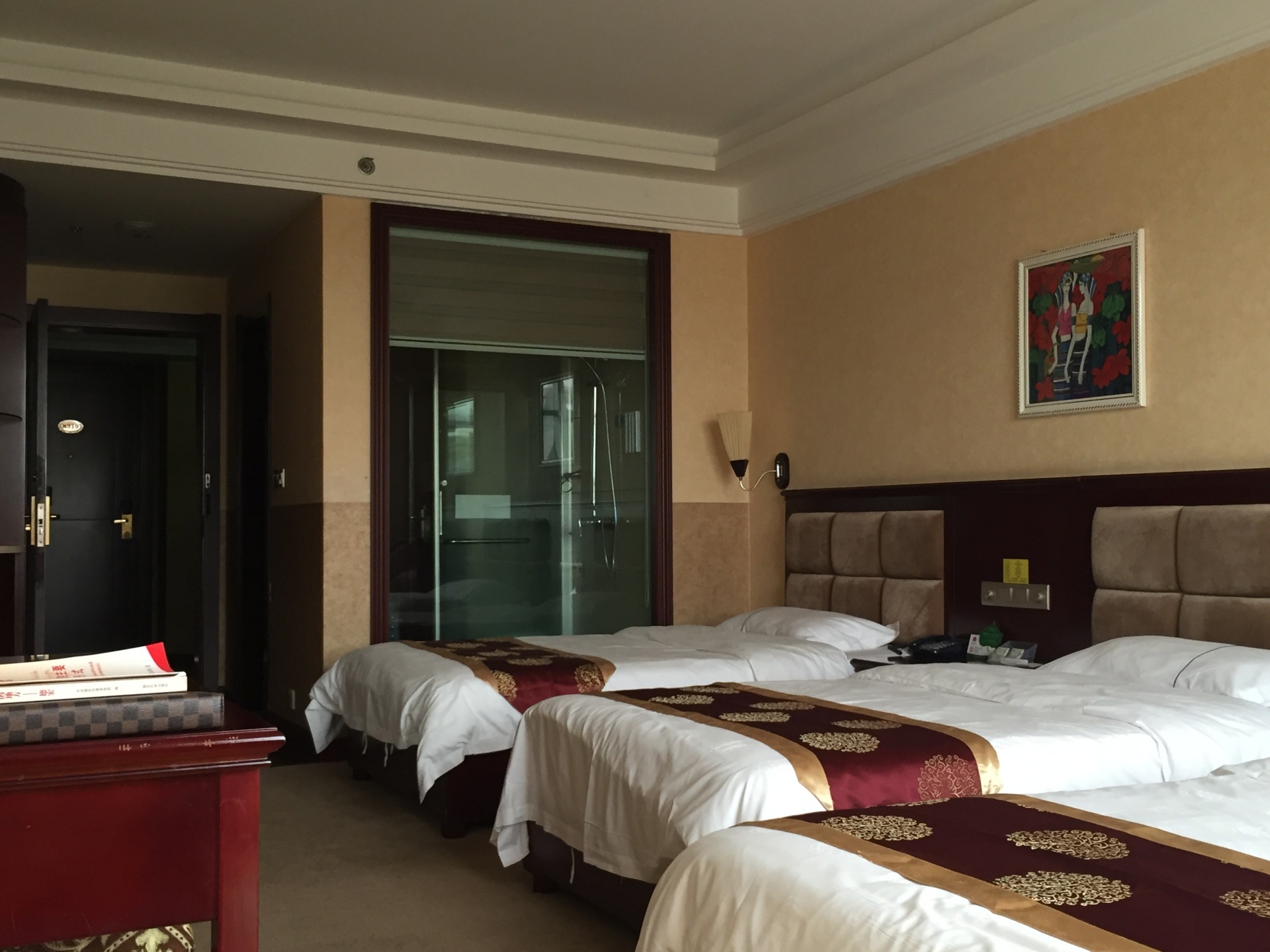
Triple Room
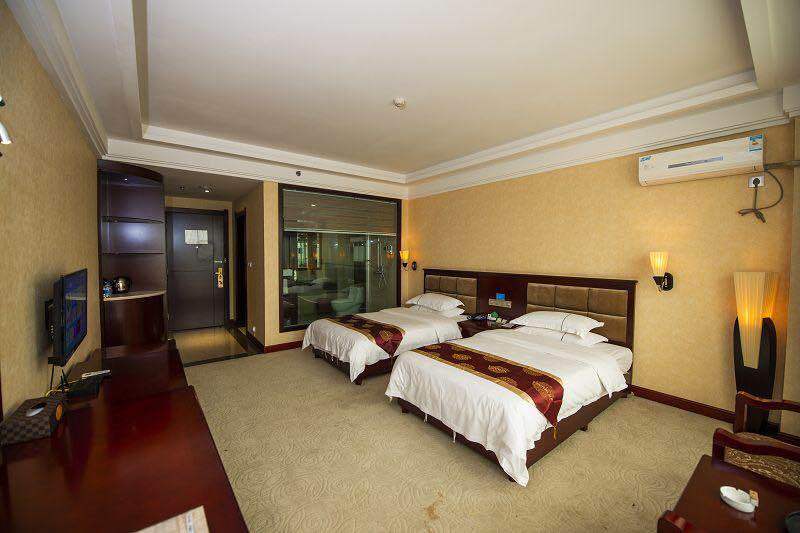
Triple Room
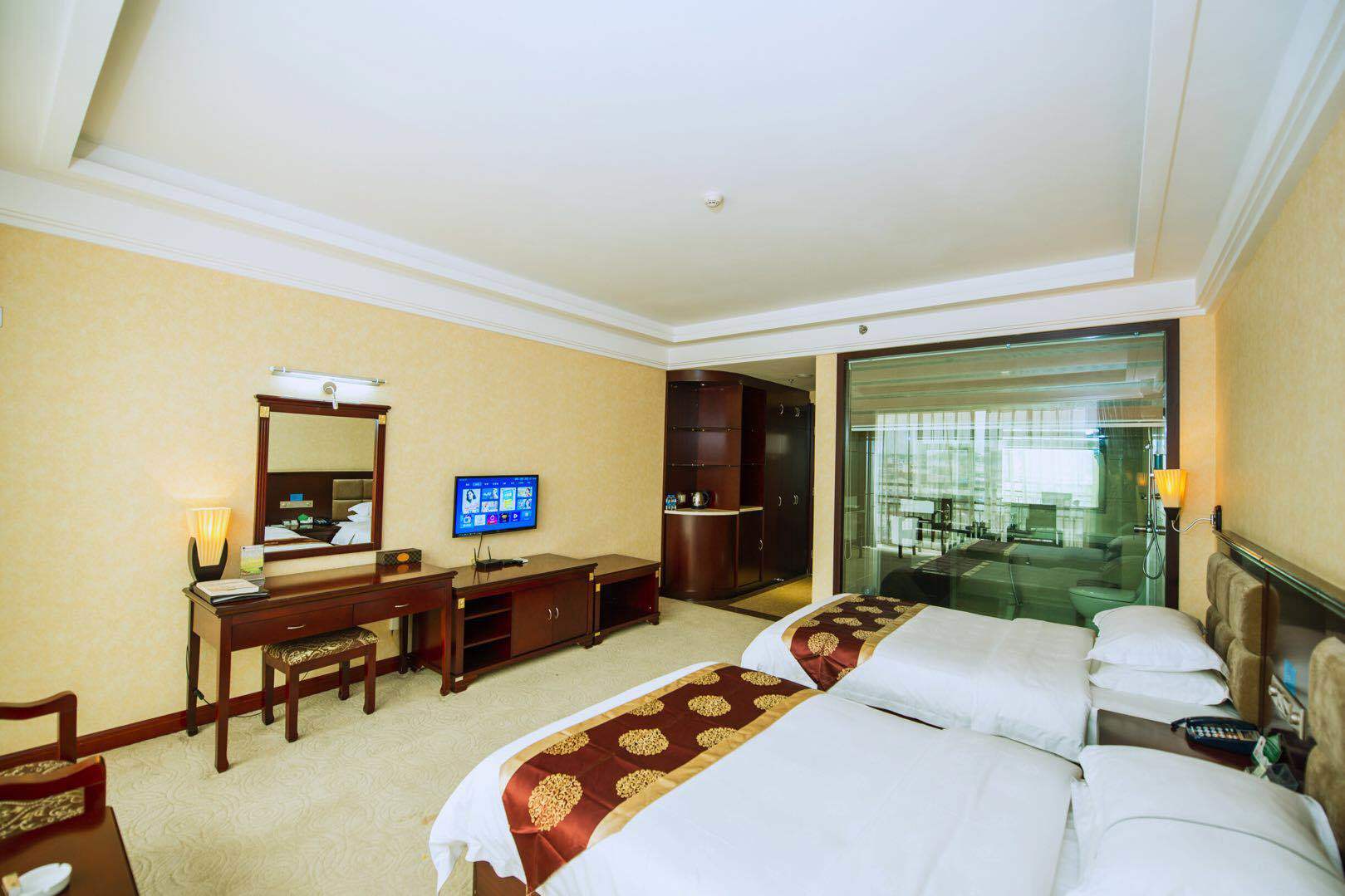
Triple Room
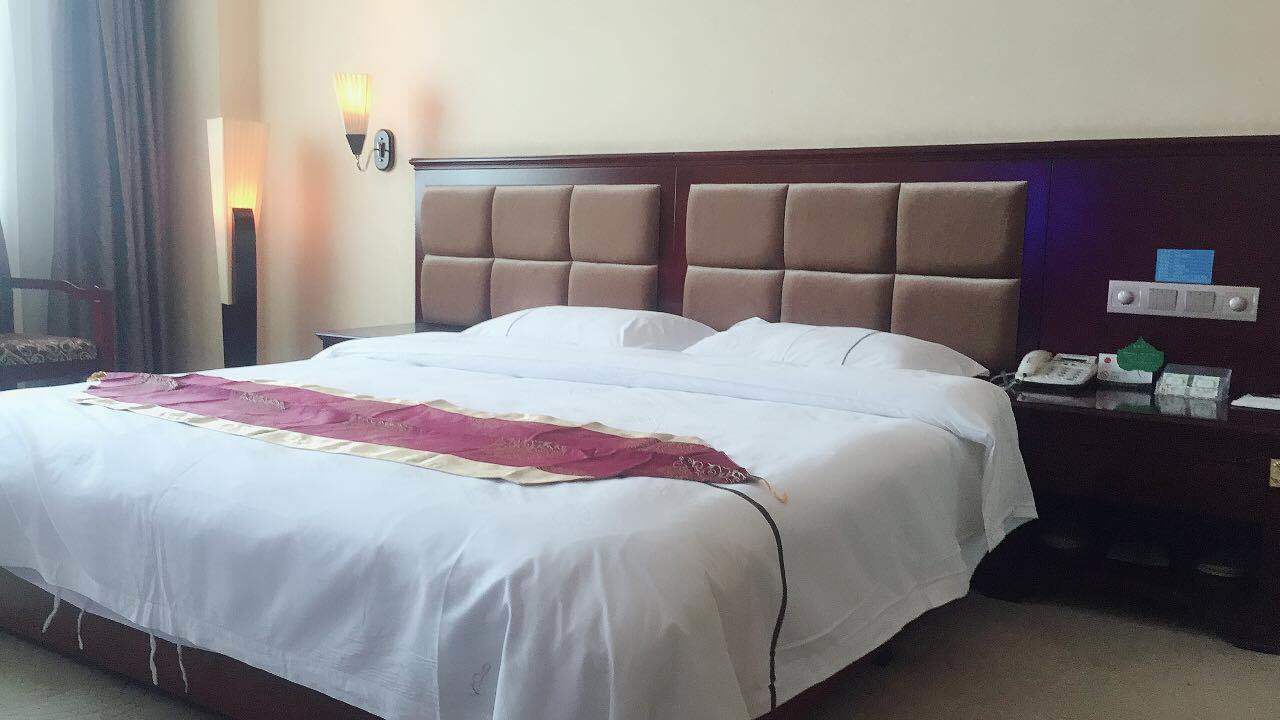
Single Room
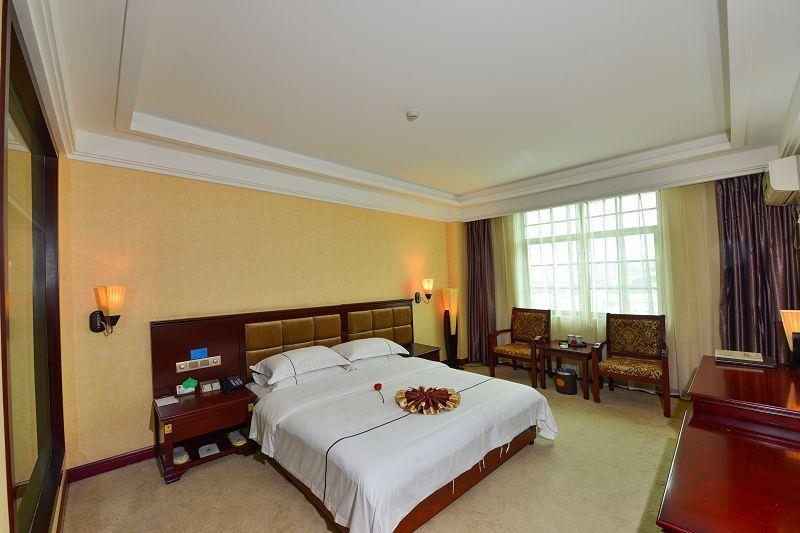
Single Room
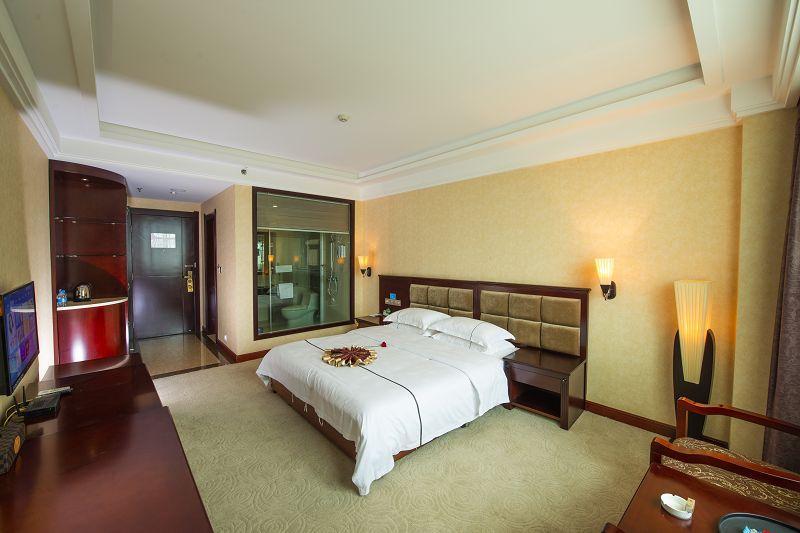
Single Room
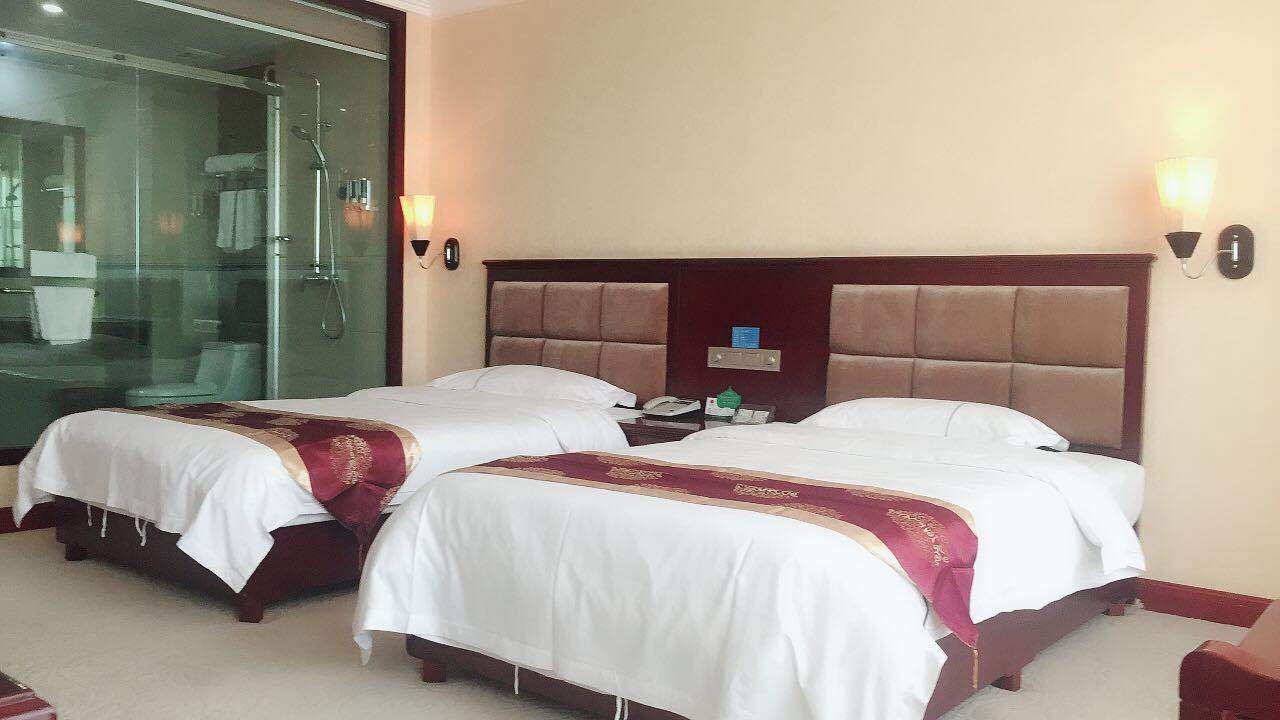
Standard Room
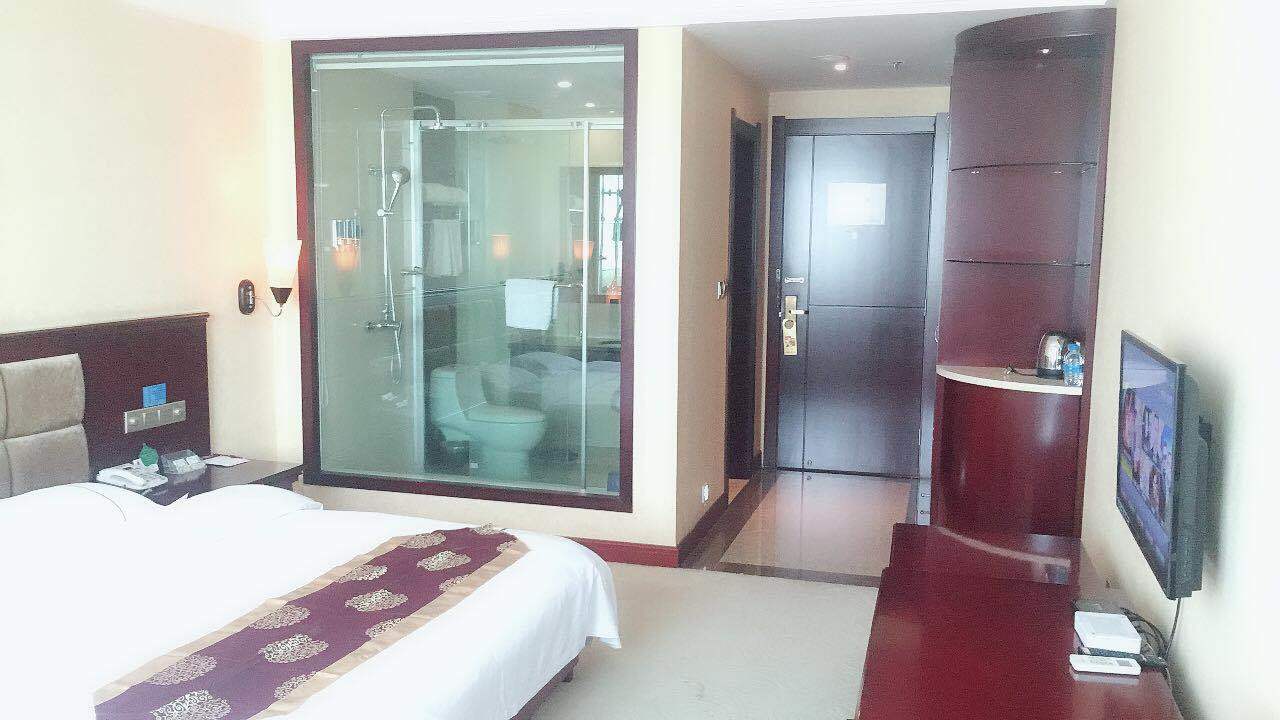
Standard Room
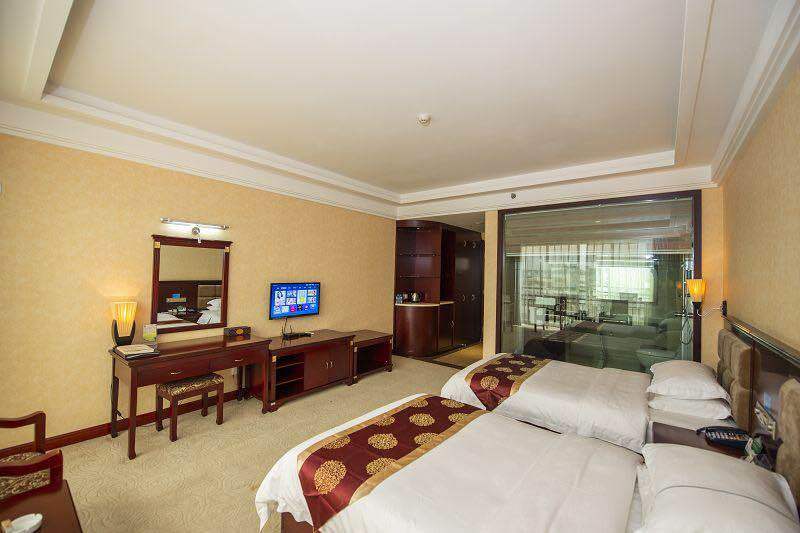
Standard Room
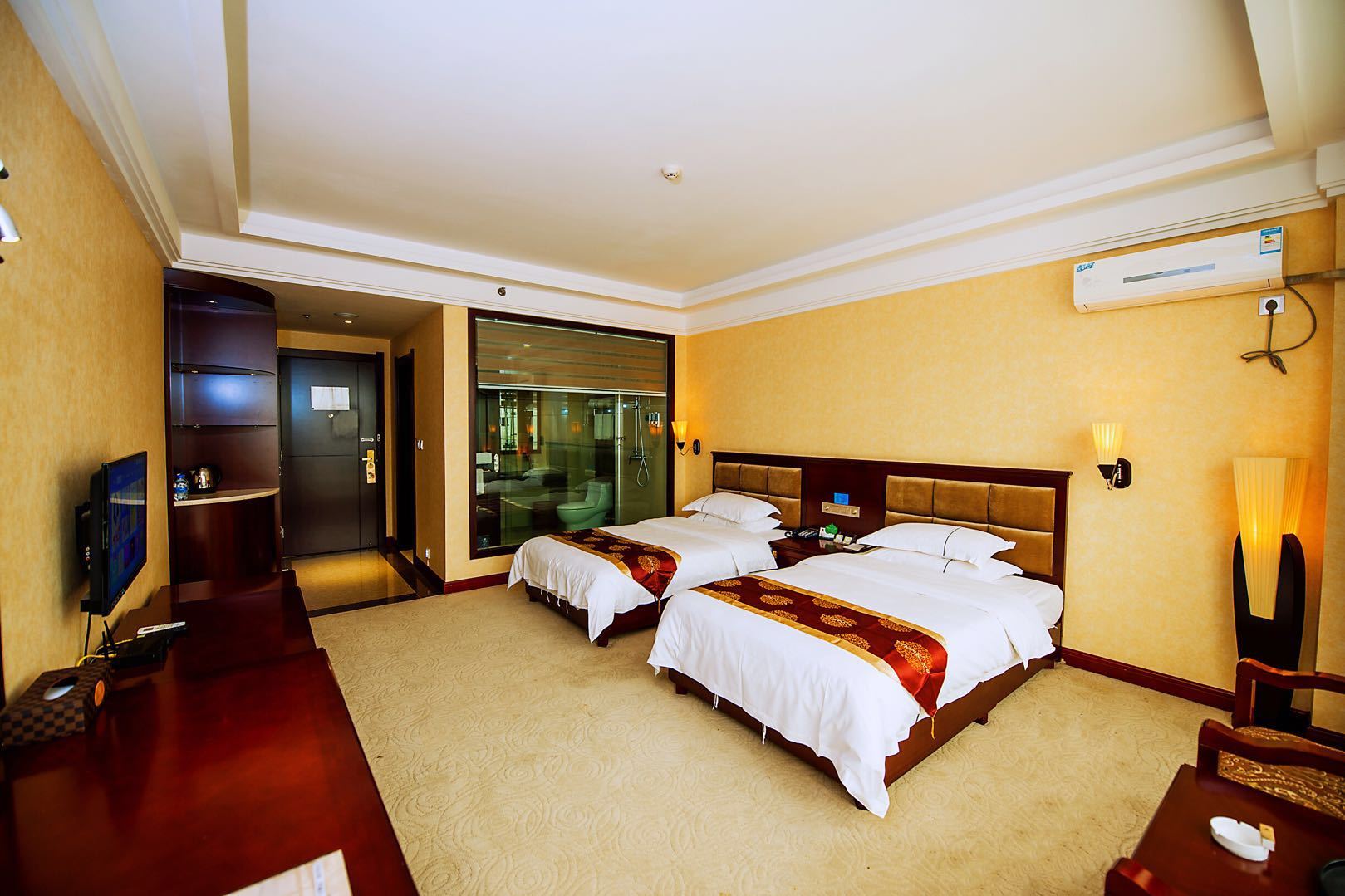
Standard Room
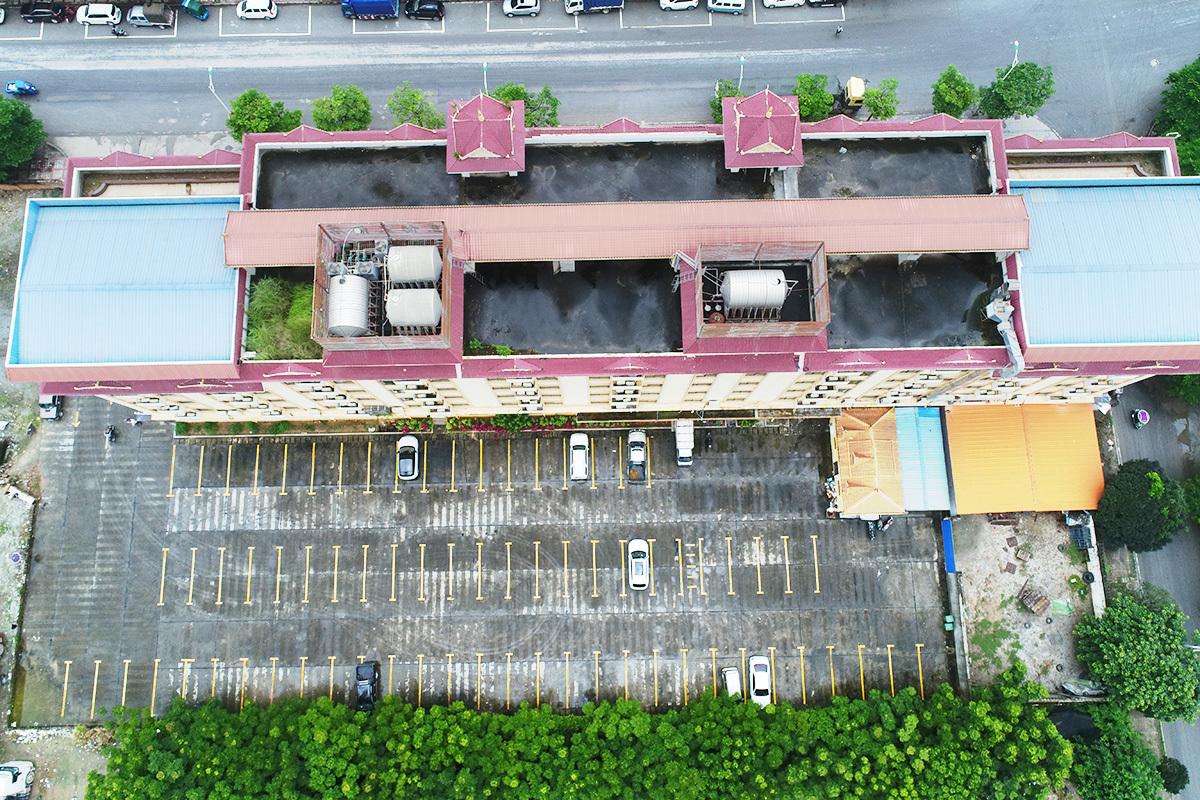
Parking Space
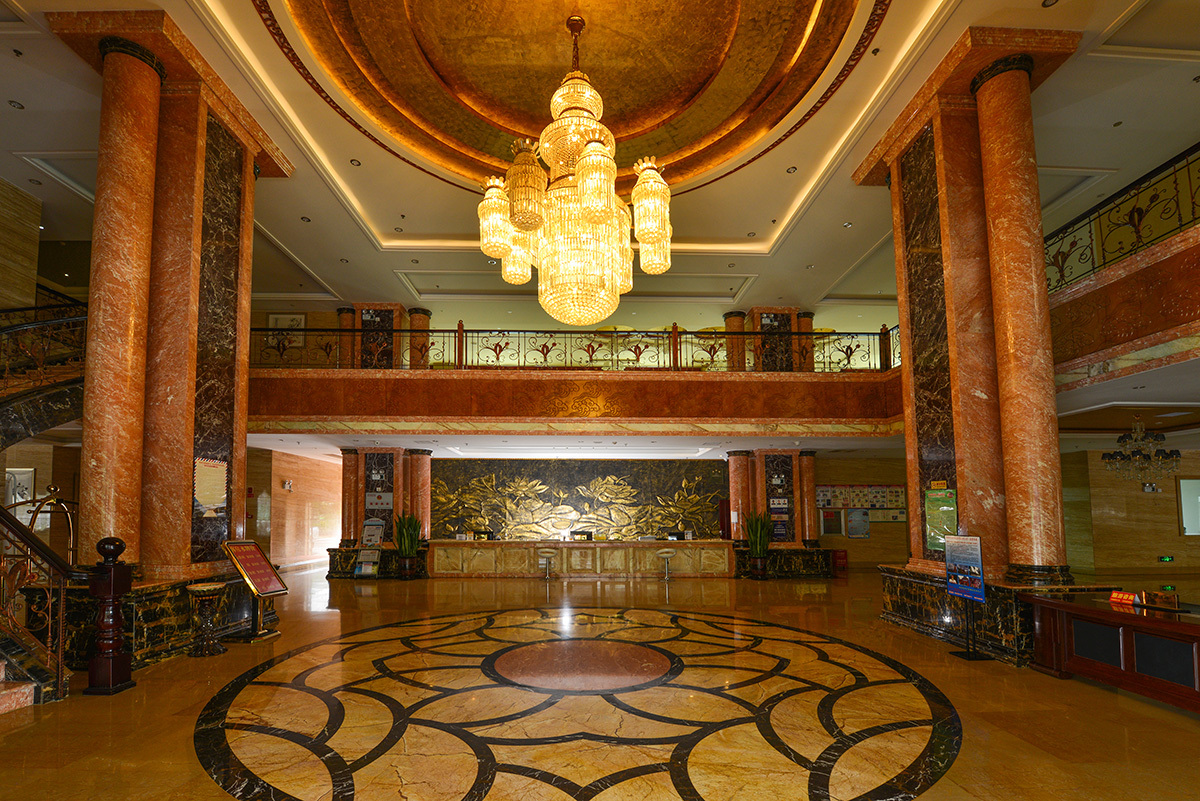
Hotel Lobby
Ethnic Customs
The Dai ethnic group is one of the main indigenous peoples of Ruili and is the largest ethnic minority in Ruili City. They are mainly distributed along the banks of the Ruili River in the towns of Jiexian, Nongdao, and Mengmao. Most of the Ruili Dai are native, with some having migrated from other areas. Due to regional differences, the Dai in this area are generally divided into three language branches: Daile, Daimo, and Daide. The Dai in the Ruili area have a long history and a developed culture. Precious Dai classics such as the "Palm-leaf Scriptures," "Hei Meng Gu Meng," and "E Bing and Sang Luo" have been discovered. There are also the famous Dai calendar, Dai opera, and Dai medicine. Dai men, women, and children in Ruili are skilled in singing and dancing. Famous dances passed down to this day include the "Peacock Dance," "Elephant Foot Drum Dance," and the large-scale folk group dance "Ga Yang," which can be considered masterpieces. Ruili has produced many talents in the Peacock Dance, with performers such as Mao Xiang, Yao Xiang, and Wang La being honored as ethnic folk dancers for their performances.
Learn More >
The Jingpo ethnic group is one of the main ethnic groups in Ruili, mainly distributed in the mountainous areas stretching from east to west, starting from Dengga, which faces Myanmar across the river in the west, to Mengli in Luxi Zhefang in the east, connected to Longchuan. According to the distribution of various branches, the Jingpo branch mainly lives in Dengga, Leinong, and Hulan; the Long'e branch mainly resides in Mengxiu and Nanjingli; the Leqi branch lives in Mengli and Nanjingli; the Zaiwa branch has a larger population, distributed in Huyu, Banling, Nongxian, Dengzha, Mengdian, Huwu, and other places. The Jingpo people originated from the Qinghai-Tibet Plateau and are descendants of the Di-Qiang ethnic group. There is a widely circulated folk legend among the Jingpo that their ancestors originated from "Mushi Bi Sheng Labeng" (northeastern Qinghai-Tibet Plateau). It is said they came from a distant place north of the sources of the Mailikai River and Enmeikai River. The weather there was very cold, with frequent snow, making it difficult to cultivate crops, so they migrated south. About a thousand years ago, they migrated southward along the Jinsha River, Nu River, and Enmeikai River, gradually settling in the mountainous areas around Dehong by the 17th century, with a history of more than 300 years.
Learn More >
The De'ang ethnic group is one of the indigenous peoples of Ruili. They are mainly distributed in the villages of Manghai, Guangsong, and Leigong in Huyu Township; Guangka, Leimen, and Nansang in Mengxiu Township; and Henanmao in Mengmao Town. Their residences are mostly located on the edges of basins at altitudes of 900 to 1000 meters and in subtropical mid-mountain forests, living relatively dispersedly. Their villages are often situated among the settlements of the Dai, Jingpo, and Han ethnic groups. The De'ang people are a nation that universally believes in Buddhism, and the best building in the village is the Zang House, which houses Buddha statues. Due to sharing the same religious beliefs as the Dai, many customs are similar to those of the Dai, with the main ethnic festival being the Water Splashing Festival. In addition, there are also the "Opening Door Festival" and the "Closing Door Festival."
Learn More >
The Lisu ethnic group is the fourth largest minority in the Ruili mountainous area, following the Jingpo, De'ang, and Han ethnic groups. They are mainly distributed in Dengzha Village Committee of Mengxiu Township and villages such as Banling and Banyang in Huyu Township of Ruili City. Their residences are mostly located in mountainous and semi-mountainous areas, characterized by large dispersion and small clusters. The women's clothing of the Lisu in Ruili is generally the same as that of the Lisu around Nujiang, wearing hats made of shells and beads, right-collared jackets, hemp long skirts, light-colored short waistcoats, and dark-colored padded jackets. They wear necklaces made of shells, beads, silver coins, and agate, with finely crafted clothing and beautiful patterns. Men's clothing generally includes black-blue head wraps and hemp long or short garments.
Learn More >
Blog
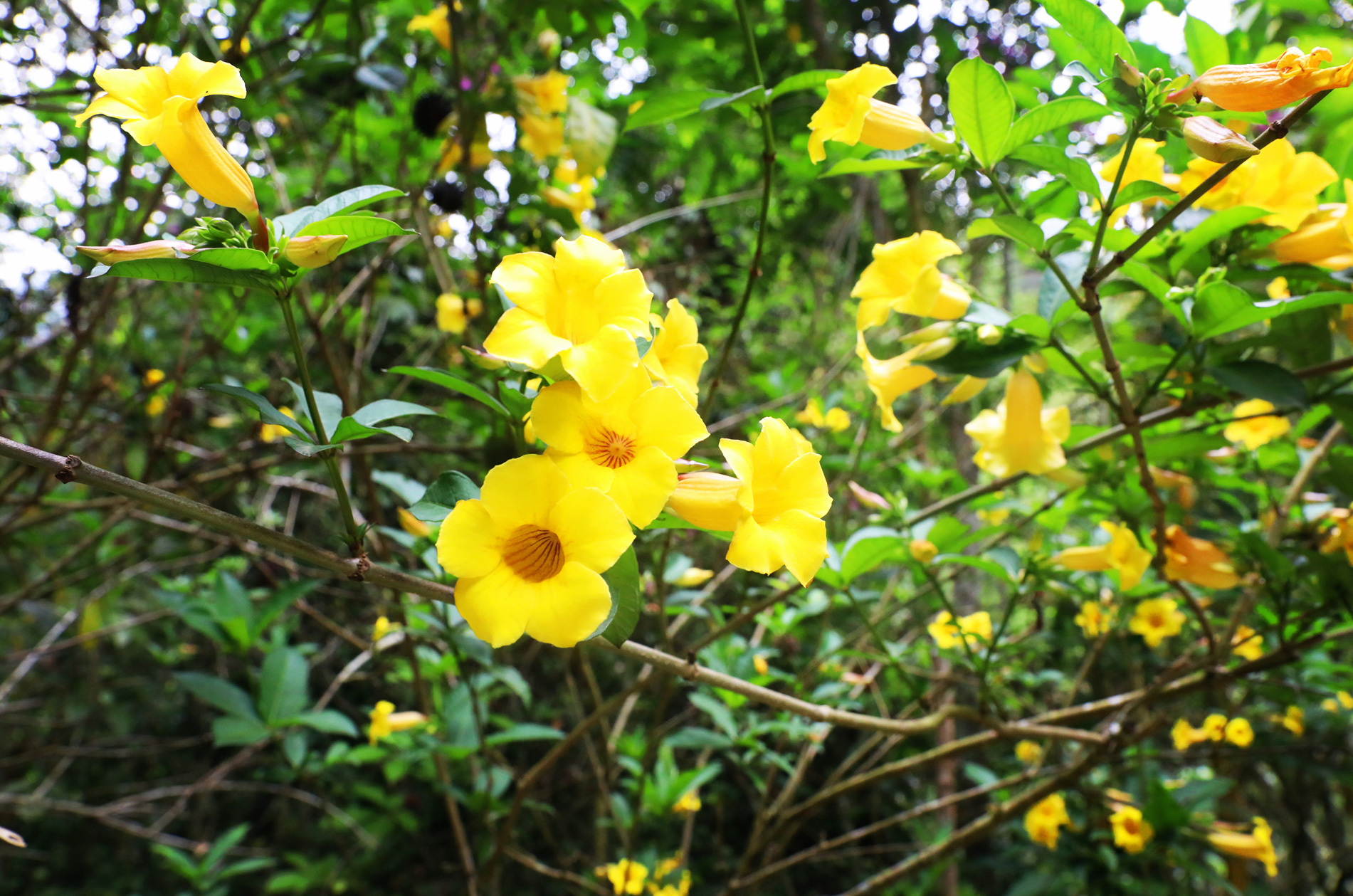
Scenic Natural Landscape
2025-08-01
2025-08-01
Follow our official WeChat to get more timely information

